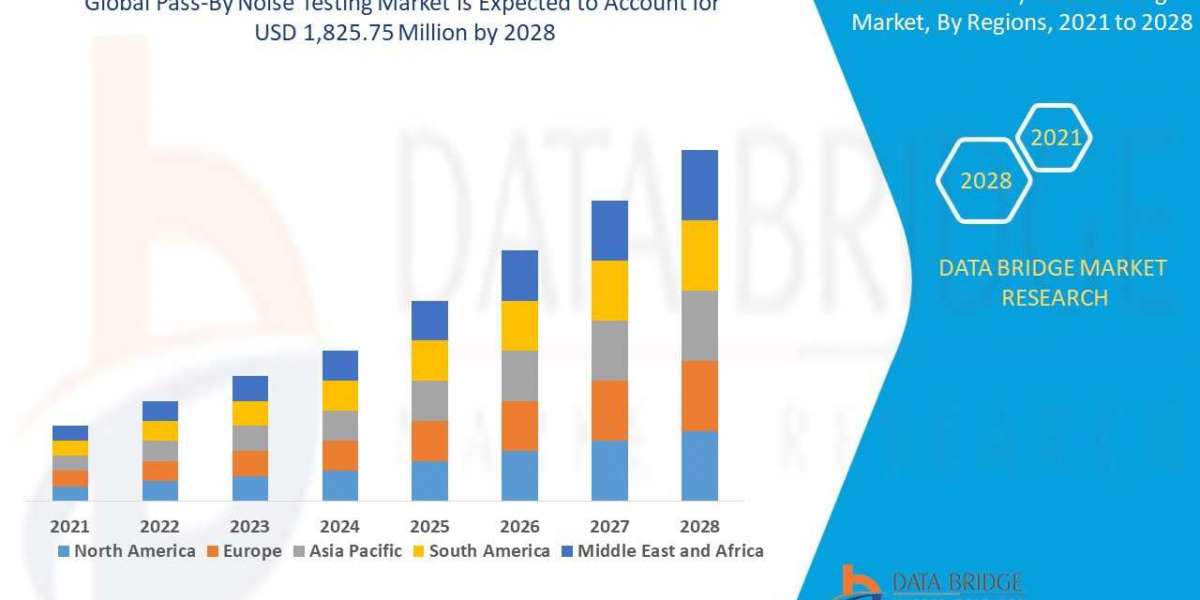Of course, the design of the site rarely changes, while content changes can occur not only daily, but even hourly. Therefore, in their work CMS use so-called templates - special "empty" page blanks, in which the design of the site is already prescribed and all that remains is to fill them with information. It is enough for the user to use a special WYSIWYG editor. This editor looks very similar to the usual text editors of office applications, so it is not particularly difficult for the user to master it. And the presence of a large number of ready-made templates in the system makes it possible to choose the desired design literally in a matter of minutes.
The information is stored in a database, for example, in MySQL, and is called from it when the site pages are loaded.
CMS operation does not require the installation of additional software, since the system itself is located on the server, and access to it is carried out through a regular Internet browser. Content management systems support various popular browsers such as Internet Explorer, Mozilla Firefox, Opera, etc.
Types of CMS
Like any other software product, the management system can be paid or free, with or without open source code. The advantages of paid systems are permanent technical support from the manufacturer, constant updates of product versions, as well as a higher level of security compared to free products. At the same time, systems distributed free of charge compensate for the main disadvantage of paid CMS - their cost.
Access to the source code in open source systems allows you to change some functions and expand the capabilities of the CMS. It should be noted that open source CMS does not always mean that they are free, because there are both paid and free open source CMS.
What are the advantages of CMS?
It is convenient to consider the advantages of using a CMS from different angles: from the point of view of the site developer and its user.
From the position of the site developer. Thanks to the availability of ready-made modules, CMS provides an opportunity to make changes in the structure of sites qualitatively and quickly by composing these modules. The use of modules also ensures a higher quality of development, as it reduces the likelihood of errors in the program code.
From the user's point of view. First of all, CMS offer a convenient interface for editing site content, without requiring special knowledge in the field of web design, HTML layout, etc. Also, CMS allows not only to show website visitors information, but also to interact with them in dialog mode: visitors can register, communicate on the forum or in chat, leave their comments and wishes in the guest book, etc
You should increase your knowledge in this area and the services of professional companies such as https://www.makini.io/ will help you. Don't worry, these are real professionals in this field.







